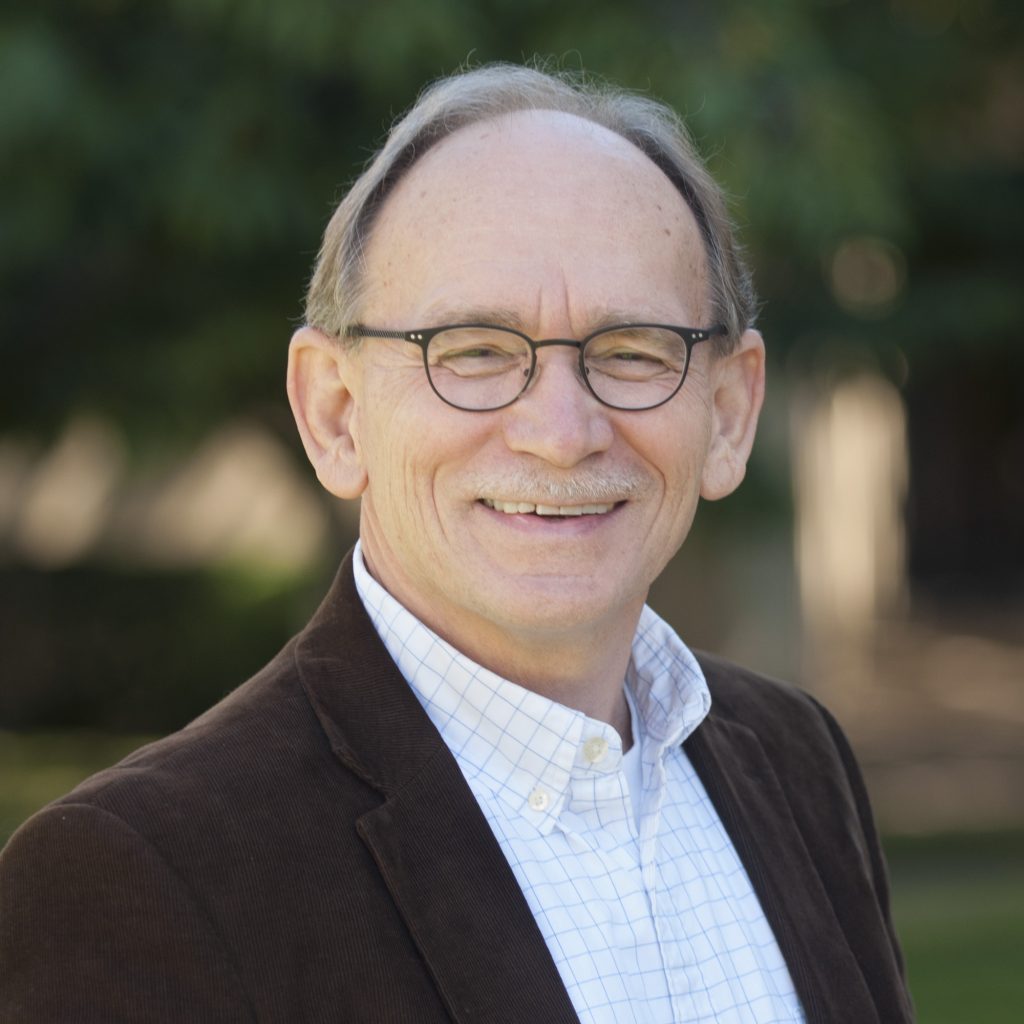The Lost History of Christianity: The Thousand-Year Golden Age of the Church in the Middle East, Africa, and Asia—and How It Died
Jenkins, professor of history and religious studies, Penn State University, is the author of numerous best-selling works, including The Next Christendom: The Coming of Global Christianity (Oxford: Oxford University Press, 2002) and The New Faces of Christianity: Believing the Bible in the Global South (Oxford: Oxford University Press, 2006). In the present work he seeks to bring to light the remarkable history of the Eastern churches by chronicling their often valiant resistance in the midst of oppression and sometimes massacre. The book illustrates that the current awakening of Christianity in Africa, Asia, and the Middle East has much to draw on in their own long histories.
Contrary to accounts of Christianity that have dominated Western textbooks, Jenkins argues that in its first millennium many of the largest centers of Christendom were located in the Middle East, Asia, and Africa. So successful were missionary endeavors that Eastern Christianity (i.e., what would emerge as largely non-Chalcedonian Christianity outside the Roman Empire) spread to Armenia, Georgia, Iran, Turkmenistan, across the Silk Road to the Pacific Rim in China, the Tibetan Himalayas, the Ganges River of India, Bahrain, Yemen, Ethiopia, Sudan, and of course central and southern Egypt. While political, cultural, and linguistic differences were widening, the great schism of the fifth-century church occurred when the Council of Chalcedon (A.D. 451) pronounced as anathema anyone not affirming Christ’s two natures in one person. Eastern Christianity continued to enjoy remarkable expansion, even within non-Christian kingdoms and empires. In about A.D. 800 the Nestorian Patriarch Timothy listed the doctrines shared by orthodoxy, mono- (or mia-) physitism, and Nestorianism: the Trinity, the Incarnation, baptism, the Cross, the Eucharist, the two testaments, the resurrection of the dead, eternal life, the return of Christ in glory, and the last judgment (p. xi). Timothy is said to have been far more influential than the pope in Rome and on par with the Orthodox patriarch in Constantinople. In Jenkins’s typically broad interpretation of Christian faith, he assumes that Coptic, Armenian, Nestorian, and other non-Chalcedonian views of Christianity are orthodox (as these groups claim of themselves).
In pluralistic and often antagonistic settings Eastern Christianity faced a different reality from its Greek and Latin counterparts in the West. With the rise of militant Islam, Buddhism, and the Mongol invasion, Eastern Christians suffered horrific persecutions and massacres from the eleventh to the fifteenth centuries. Jenkins notes that intolerance and mass slaughter were sometimes as much political as religious. His account is bold and disturbing as it continues through recent history into the present with Islamic pressures against Christians in Turkey, Armenia, Afghanistan, Pakistan, Iran, Iraq, and Palestine. “The largest single factor for Christian decline [in these countries] was organized violence, whether in the form of massacre, expulsion, or forced migration” (p. 141). In light of Christ’s statement that the gates of hell will not prevail against the church (Matt. 16:18), Jenkins presents several suggestions on how to maintain a proper historical and theological perspective.
Like his other works, Jenkins’s The Lost History of Christianity sets forth fascinating historical details. His documentation is impressive, sometimes returning chapters later to nuance what was stated earlier in incomplete form. For example the author discusses the more amicable relationship of Islam with Christianity in the early period from A.D. 700 to 1000 (since Muslims were vastly outnumbered by Christians), but he later returns to the fact that even early Islam began with multiple impositions and hostilities toward Jews and Christians. In the course of the book he dismisses Elaine Pagel’s happy view of gnostic Christianity, Karen Armstrong’s romantic interpretation of historic Islam, and (less explicitly) Bart Ehrman’s revisionism of early Christian faith.
Jenkins is already one of the most respected and prolific historians today, and this book is one of his finest. It is an important counterweight to previous histories that have focused almost exclusively on Christianity in the West. Jenkins’s work presents little-known histories for North Africa, the Middle East, and Asia that are essential for those studying global Christianity, especially for those with ministry aspirations in those regions. Reading this book, this reviewer was sobered, chilled, and challenged by the fact that millions of Christians in the developing world have been slaughtered for their faith in Christ.
About the Contributors

J. Scott Horrell
Scott Horrell, Th.D, until recently was Senior Professor of Theological Studies at Dallas Theological Seminary and continues as adjunct professor at DTS (including the DMin Brazil program), the Seminário Teológico Centroamericano (DET/PhD SETECA) in Guatemala, the Jordan Evangelical Theological Seminary (Amman), and the Centro de Desenvolvimento de Liderança in Maputo, Mozambique. Most of his ministry years have been outside the US and centered on theological education and pastoral training especially in basic doctrines of the faith. While teaching at several schools in Brazil he was coordinator of graduate studies at the Baptist Theological Seminary in São Paulo, and co-founder/editor of Vox Scripturae, at that time the largest Protestant journal in Latin America. He has written and contributed to various books and written multiple articles in Portuguese and English, notably From the Ground Up: Biblical Foundations for the 21st Century Church (Kregel 2004), Exploring Christian Theology, Vol 1, eds. N. Holsteen and M. Svigel (Bethany, 2014), and A Trindade, a Igreja, e a Realidade Social (2021). His current writing centers on the doctrine of the Trinity, the supernatural world, and human personhood.
His wife Ruth, children, and eight grandchildren currently reside in Dallas and Houston.
